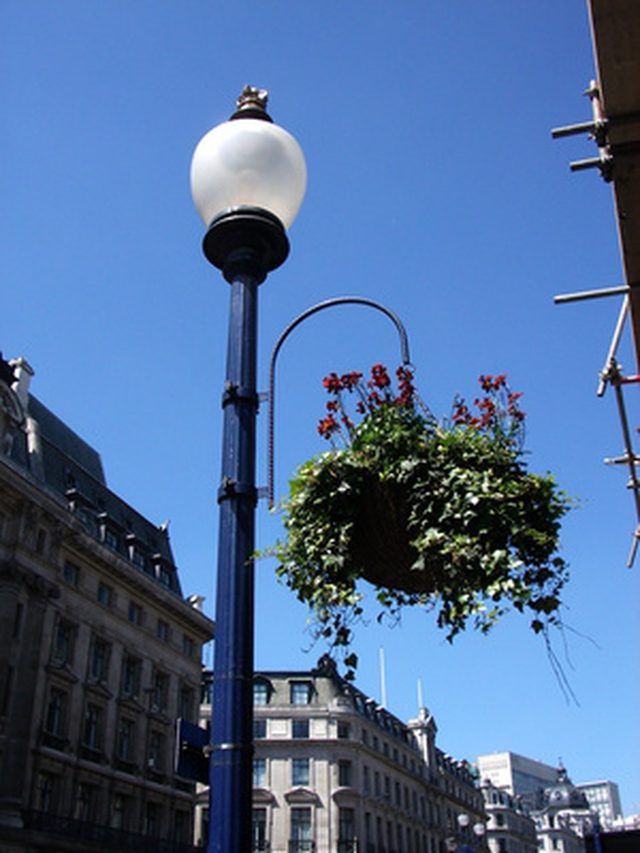Bulbs
Flower Basics
Flower Beds & Specialty Gardens
Flower Garden
Garden Furniture
Garden Gnomes
Garden Seeds
Garden Sheds
Garden Statues
Garden Tools & Supplies
Gardening Basics
Green & Organic
Groundcovers & Vines
Growing Annuals
Growing Basil
Growing Beans
Growing Berries
Growing Blueberries
Growing Cactus
Growing Corn
Growing Cotton
Growing Edibles
Growing Flowers
Growing Garlic
Growing Grapes
Growing Grass
Growing Herbs
Growing Jasmine
Growing Mint
Growing Mushrooms
Orchids
Growing Peanuts
Growing Perennials
Growing Plants
Growing Rosemary
Growing Roses
Growing Strawberries
Growing Sunflowers
Growing Thyme
Growing Tomatoes
Growing Tulips
Growing Vegetables
Herb Basics
Herb Garden
Indoor Growing
Landscaping Basics
Landscaping Patios
Landscaping Plants
Landscaping Shrubs
Landscaping Trees
Landscaping Walks & Pathways
Lawn Basics
Lawn Maintenance
Lawn Mowers
Lawn Ornaments
Lawn Planting
Lawn Tools
Outdoor Growing
Overall Landscape Planning
Pests, Weeds & Problems
Plant Basics
Rock Garden
Rose Garden
Shrubs
Soil
Specialty Gardens
Trees
Vegetable Garden
Yard Maintenance
How to Care for Hanging Ivy Plants
How to Care for Hanging Ivy Plants. Ivy is especially well suited to hanging baskets. The long vines drape down, eventually reaching the floor and providing a cascade of foliage. Ivy comes in a variety of colors and leaf sizes, from broadleaf, deep green types to small-leaved varieties with variegated leaf markings. Most ivy varieties thrive inside...

Ivy is especially well suited to hanging baskets. The long vines drape down, eventually reaching the floor and providing a cascade of foliage. Ivy comes in a variety of colors and leaf sizes, from broadleaf, deep green types to small-leaved varieties with variegated leaf markings. Most ivy varieties thrive inside the home, as they do not require direct sunlight and only need minimal care. Hanging ivy baskets are suitable for outdoor seating areas where canopies and patio covers provide shade.
Things You'll Need
Fertilizer
Shears
Hang the basket in an area that receives bright, indirect light and is away from drafts and air ducts. Indoors, north facing windows or locations several feet away from a window are preferable, as direct light can damage or kill the ivy. Hang outdoor plants in an area that is shaded for most of the day.
Water ivy just as the soil in the basket begins to dry. Baskets with sphagnum moss or coir liners dry more quickly than plastic baskets, so may need watering twice as often. Water from the top until the excess moisture begins to drain from the bottom of the basket. Indoor baskets require watering every one to two weeks, while outdoor baskets may need water two or more times a week.
Fertilize the ivy with 1 tsp. 20-10-20 analysis soluble fertilizer, following the label application method. Fertilize indoor plants once every two months. Fertilize outdoor plants once monthly, as both water and fertilizer leaches out of outdoor baskets more quickly due to light and heat.
Remove dead or damaged leaves and stems. Pinch these off the plant or cut them off just above the damaged area with a small pair of shears.
Tips & Warnings
Trim ivy as desired to maintain its shape. Pinch off the growing tips of the vines to limit further vertical growth or snip the vines shorter with clean shears.
Avoid hanging the ivy in areas where the trailing vines touch the ground, can become caught in doors or windows or where they come in contact with extreme hot or cold items.